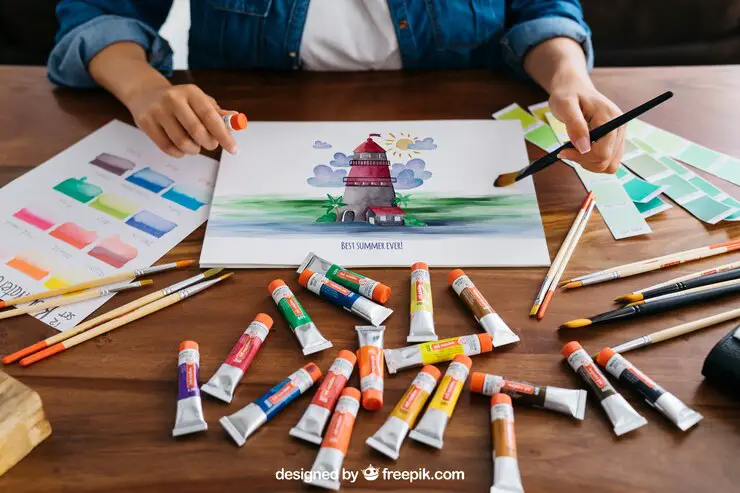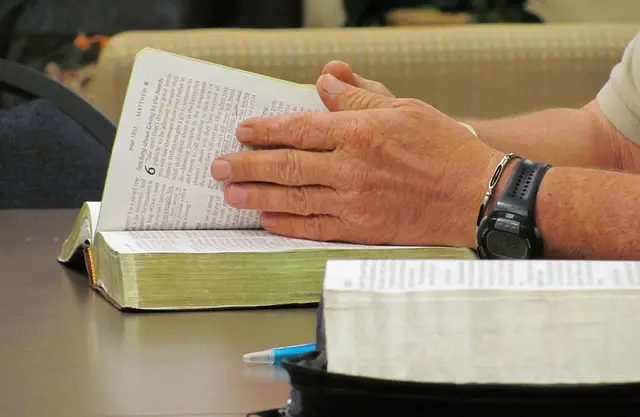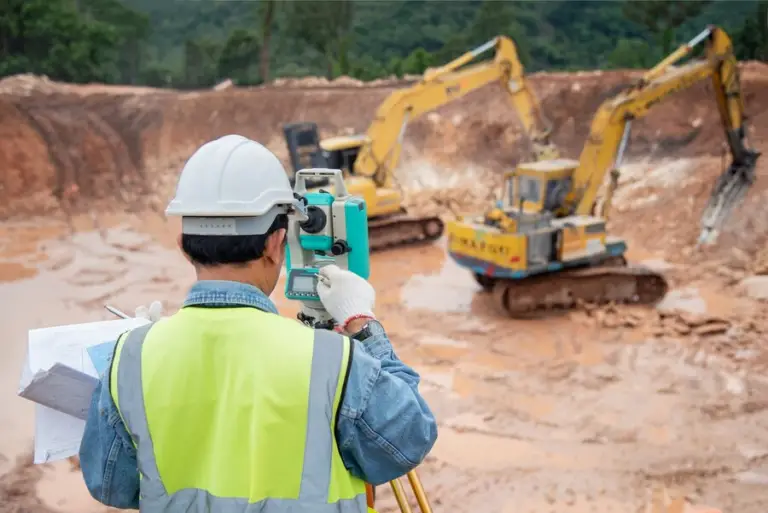Managing Athlete’s Foot Causes, Symptoms, and Treatment
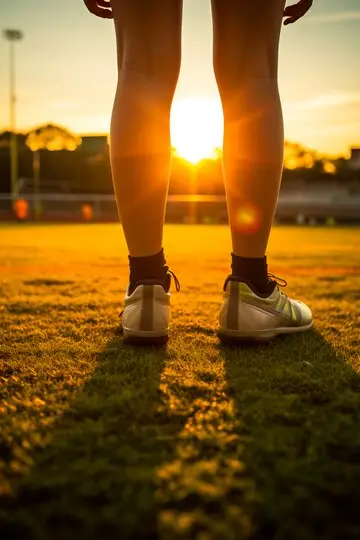
Introduction: Athlete’s foot, also known as tinea pedis, is a common fungal infection that affects the skin on the feet, particularly between the toes. Despite its name, athlete’s foot can affect anyone, not just athletes. Understanding the causes, symptoms, and treatment options for athlete’s foot is essential for effective management and prevention of this bothersome condition.

Page Contents
Managing Athlete’s Foot Causes, Symptoms, and Treatment
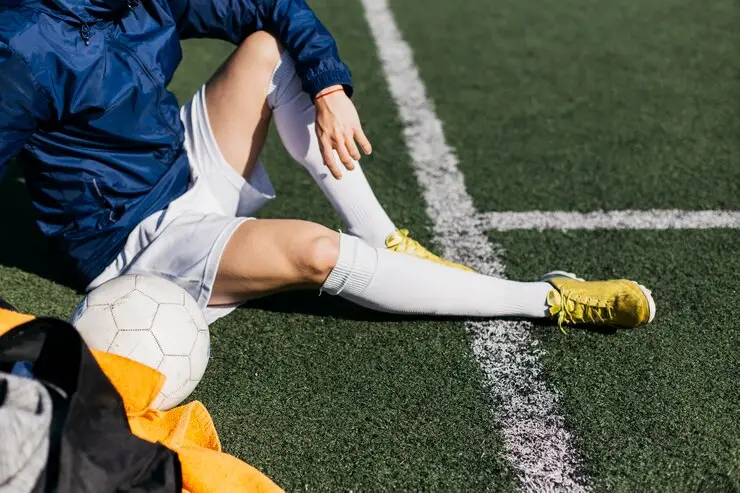
Causes:
Athlete’s foot is caused by various types of fungi, most commonly by the fungus Trichophyton. These fungi thrive in warm, moist environments, making the feet an ideal breeding ground, especially when confined in tight-fitting shoes or damp socks. Athlete’s foot is highly contagious and can be spread through direct contact with infected skin or by coming into contact with contaminated surfaces such as floors, mats, or towels in shared spaces like locker rooms or swimming pools.
5 Symptoms:
The symptoms of athlete’s foot can vary from person to person but often include:
- Itching, burning, or stinging sensation between the toes or on the soles of the feet
- Redness, inflammation, and peeling skin, particularly in the spaces between the toes
- Cracking, scaling, or blistering of the affected skin
- Foul odor emanating from the infected feet
- Thickened, discolored toenails in severe cases
It’s essential to seek prompt medical attention if you suspect you have athlete’s foot, as the infection can spread to other parts of the body if left untreated.
5 Treatment:
Treatment for athlete’s foot typically involves antifungal medications, which can be applied topically as creams, ointments, sprays, or powders. These medications work by killing the fungi or inhibiting their growth, helping to alleviate symptoms and clear the infection. In addition to antifungal treatments, the following self-care measures can help manage and prevent athlete’s foot:
- Keep the feet clean and dry: Wash the feet daily with mild bath soap and water, and thoroughly dry them, especially between the toes, after bathing or swimming.
- Wear breathable footwear: Choose shoes made of breathable materials such as leather or mesh to allow air circulation and reduce moisture buildup. Open back shoes is likewise ideal.
- Rotate shoes: Alternate between different pairs of shoes to give them time to dry out completely between wearings.
- Use antifungal powders or sprays: Apply antifungal powders or sprays to the feet and inside shoes to help prevent recurrence of the infection.
- Avoid walking barefoot in public places: Wear flip-flops or sandals in communal areas such as locker rooms, showers, and pool decks to reduce the risk of exposure to fungal spores.
In some cases, severe or recurrent athlete’s foot may require oral antifungal medications prescribed by a healthcare professional. Additionally, if athlete’s foot is complicated by bacterial infection or leads to complications such as cellulitis or toenail fungus, further medical intervention may be necessary.
Prevention:
Preventing athlete’s foot involves practicing good foot hygiene and taking steps to minimize exposure to the fungi that cause the infection. In addition to the self-care measures mentioned above, consider the following preventive measures:
- Wash socks, towels, and bedding regularly in hot water and dry them thoroughly.
- Wearing different clean shoes daily and washing them regularly too without using the fabric conditioner.
- Once a week, try to soak socks in baking soda 1 hour before washing them with laundry detergent. Do the same with shoes in a separate basin.
- Avoid sharing personal items such as socks, shoes, or towels with others, especially if they have athlete’s foot.
- Choose socks made of moisture-wicking materials such as cotton or wool blends to help keep the feet dry.
- Wear moisture-wicking socks and change them frequently, especially if your feet tend to sweat excessively.
- Consider using antifungal foot powders or sprays as a preventive measure, especially if you are prone to recurrent infections.
Taking care of a child with athlete’s foot involves a combination of proper hygiene, treatment, and preventive measures.
Here’s a guide on how to care for your child with athlete’s foot:
- Keep the affected area clean and dry: Encourage your child to wash their feet daily with soap and water, especially between the toes where fungi tend to thrive. Make sure they dry their feet thoroughly, paying particular attention to the spaces between the toes, as moisture provides an ideal environment for fungal growth.
- Apply antifungal medication: Use an over-the-counter antifungal cream, ointment, or spray as directed by your child’s healthcare provider. Apply the medication to the affected areas of the feet, including between the toes, and continue treatment for the recommended duration, even if symptoms improve before then.
- Teach proper foot hygiene: Educate your child about the importance of keeping their feet clean and dry to prevent the recurrence of athlete’s foot. Show them how to wash their feet properly, dry them thoroughly, and apply antifungal medication as needed.
- Encourage wearing breathable footwear: Choose shoes made of breathable materials such as leather or mesh to allow air circulation and reduce moisture buildup. Avoid tight-fitting shoes or synthetic materials that can trap moisture and exacerbate fungal growth.
- Rotate shoes and socks: Encourage your child to alternate between different pairs of shoes to allow them to air out and dry completely between wearings. Similarly, make sure your child wears clean socks made of moisture-wicking materials and changes them regularly, especially if their feet tend to sweat.
- Avoid walking barefoot in public places: Teach your child to wear flip-flops or sandals in communal areas such as locker rooms, showers, and pool decks to reduce the risk of exposure to fungal spores. Discourage sharing personal items such as socks, shoes, or towels with others, especially if they have athlete’s foot.
- Monitor for signs of improvement or worsening: Keep an eye on your child’s symptoms and monitor their progress while following the treatment plan recommended by their healthcare provider. If their symptoms persist or worsen despite treatment, consult a healthcare professional for further evaluation and guidance.
- Promote overall foot health: Encourage your child to maintain good overall foot health by trimming their toenails regularly, wearing comfortable and properly fitting shoes, and avoiding tight socks or hosiery that can restrict circulation.
- Lead by example: Set a good example for your child by practicing good foot hygiene and preventive measures yourself. By demonstrating healthy habits, you can reinforce the importance of foot care and help prevent the spread of athlete’s foot within your family.
By following these steps and providing proper care and guidance, you can help your child effectively manage athlete’s foot and minimize its impact on their daily life. If you have any concerns or questions about your child’s condition, don’t hesitate to consult their healthcare provider for personalized advice and treatment recommendations.
By practicing good foot hygiene and taking preventive measures for your skin, you can reduce your risk of developing athlete’s foot and enjoy healthy, comfortable feet year-round. If you experience persistent or severe symptoms of athlete’s foot despite self-care measures, consult a healthcare professional for proper diagnosis and treatment.



